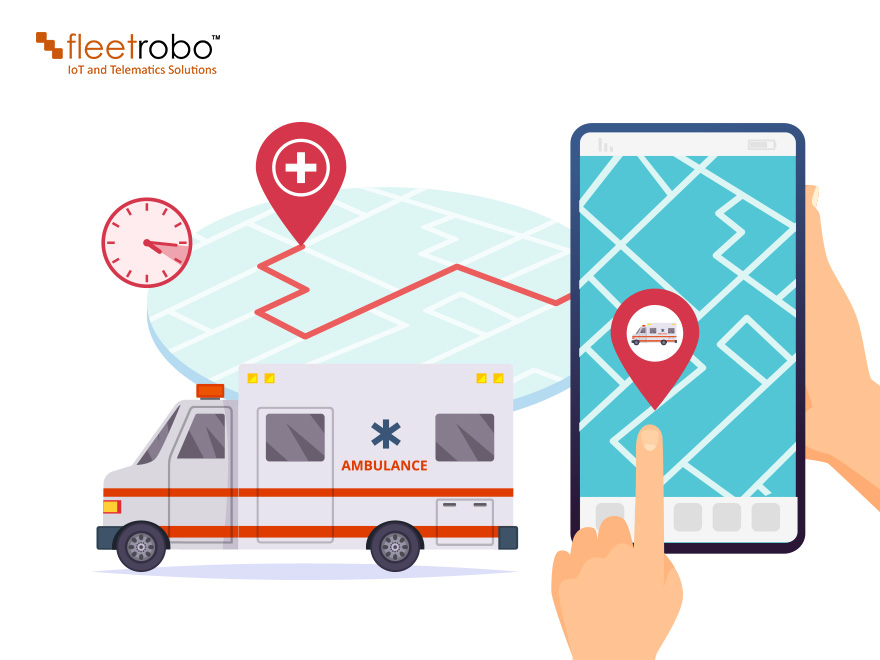We all know the importance of timely medical attention received at critical medical mishaps can create a much better chance of saving lives, “every second counts” in such situations. Ambulances are the first responders in emergency medical situations, specially in these trying times, and reflect the importance of timely transporting of patients to the nearest hospital/ care center.
With the advancement in technology and its easy availability, can bolster crisis responders to give a productive reaction in less time to accomplish quick transportation of patients to the suitable nearest hospital is an imperative goal of the effective administration of ambulance service.
The need for advance ambulance management system is never been this important and critical as the world is facing the deadly COVID 19 pandemic which results in thousands of death across the world due to the disease contagious nature which makes efficient transportation of patients all more critical to place affected patients to transport the nearest hospital / safe quarantined centre.
The importance of having ambulance management system applicable to densely populated countries like us as streets are regularly congested and lack of planned cities architecture which doubles the difficulty to navigate and mitigating the chances of saving lives. Various research demonstrates that emergency vehicle reaction time and patient mortality is deeply correlated.
Challenges faced by the existing manual system
- Emergency calls received by operators takes a lot of time and human effort to accumulate all the required information regarding the patient and location details. As the number of emergency cases increased, handling all the information delays the reaction time of the ambulance to reach to the location.
- The Emergency caller is usually in a state of panic and the accuracy of the location is not conveyed to the operator, or the caller provides location information by using landmarks which can be confusing for the operator to understand. Without accurate location information, ambulance drivers face difficulty to reach the given location.
- Sheer number of calls received by emergency operators at a given time could be so large that it becomes difficult for operator to respond to all of them, which results in a delay in dispatching emergency services.
The ambulance management system overcomes the current system
- Automated ambulance dispatch from the nearest available hospital or ambulance provider to the location which reduces the response time to reach the location. This can be achieved through the registration of hospitals and ambulance fleet owners designed to provide the services to help manage in coordination.
- Allocation of ambulances is controlled by the admin/ fleet manager who has all the relevant information regarding the availability of ambulance and manage the request accordingly.
- The Ambulance management system’s algorithm assesses the location of the patient and calculates the nearest available ambulance to be dispatched with the shortest path provided to the ambulance driver with a precise location using GPS coordinates plotted on google maps along with information of traffic situations on road.
- All the patient information is recorded and shared with the nearest allocated hospital. Receiving hospital is well-informed about the patient and got them prepared before the arrival of the patient which saves valuable time and results in a better chance of saving lives.

